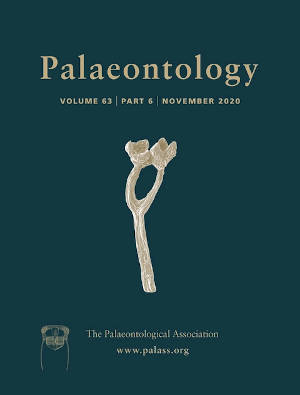Reg. Charity No. 1168330

Rhynchocephalians were a successful, globally distributed group of diapsid reptiles that thrived in the Mesozoic. Multiple species of Clevosaurus existed worldwide in the Late Triassic and Early Jurassic, characterized by shearing bladelike teeth perhaps functionally analogous to the carnassial teeth of mammals. Morphometric analysis shows that the dentary morphospace of clevosaurs differs significantly from that of other rhynchocephalians. Five Clevosaurus species occupied islands in the Bristol Channel archipelago of the UK, but generally not those occupied by mammaliaforms, suggesting dietary character displacement. Identifying the diet of such ancient, small tetrapods has been difficult. To identify the nature of their feeding mechanics and ecology, we apply finite element analysis to two near complete three‐dimensional skulls of the species Clevosaurus hudsoni and Clevosaurus cambrica to estimate bite force, resistance to bending and torsion and the distribution of stresses in the jaws during biting. Both species had bite forces and tooth pressures sufficient to break apart chitin indicating that, like early Mesozoic mammaliaforms, clevosaurs could feed on tough‐shelled beetles and possibly small vertebrates. In addition, the mechanical advantage of the jaws falls within the range of early mammaliaforms, so though we cannot demonstrate niche partitioning between members of the two clades, it raises the prospect that they may have been functionally similar.